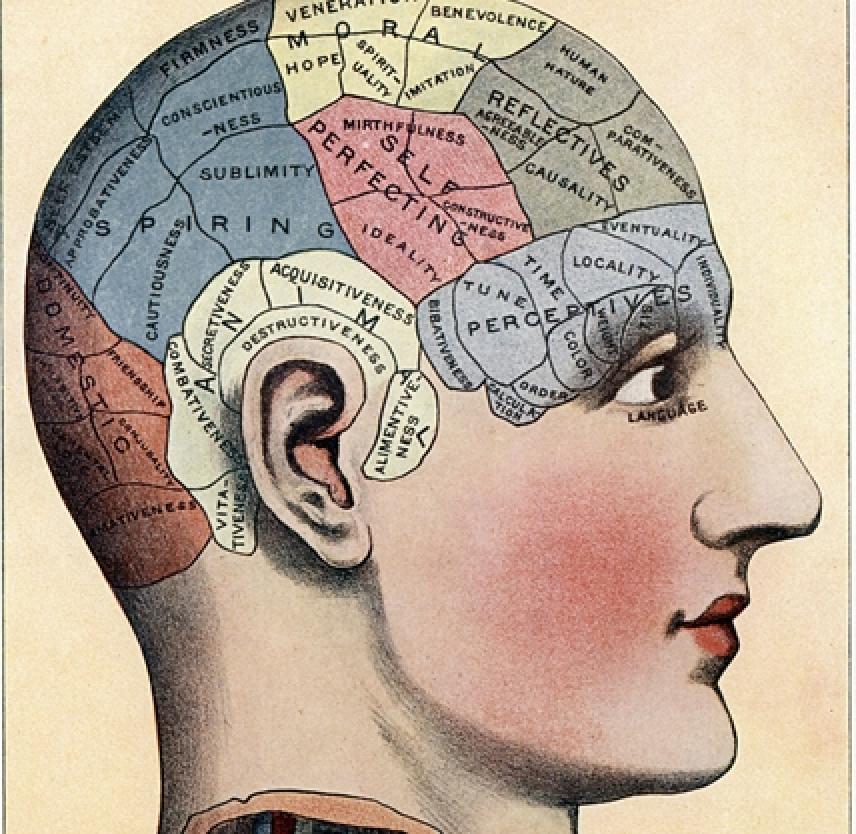
“If the brain were so simple we could understand it, we would be so simple we couldn’t.”
— Lyall Watson
Every acquired brain injury is unique. The location and degree of injury may vary with each incident. Most acquired brain injuries involve multiple deficits. When we look at homonymous hemianopsia patients, we discover differences in the patient's struggle related to the unique functions that each of the two hemispheres of the brain perform.
Right Hemispheric Damage
Right Hemispheric damage may not only produce a left homonymous hemianopsia or quadranopsia, but it may also produce a severe attention disorder to the left side called left hemispatial inattention or visual neglect. Spatial orientation, body position and nonverbal communications may become impaired in some individuals. A partial paralysis of the left side of the body may occur. Emotional and behavioral problems may occur. Some patients may appear confused, unmotivated, uncooperative or excessively dependent. Thinking skills may be effected. Meanwhile, many patients will be unaware of the full extent of their impairment. They may even deny they have a problem. Patients may lose their place in reading.
Left Hemispheric Damage
Left hemispheric damage may produce a right hemianopsia or quadranopsia, but may also impact mood and behavior. Some patients may appear compulsive, disorganized and easily frustrated. Patients may demonstrate problems in memory, speech, writing, and cognitive processing. Left brain damage results in problems on the right side of the body including paralysis. Reading ability may be impaired at a cognitive level. Often this loss of reading and speech can be rehabilitated with speech therapy, but in some cases this loss is permanent. The visual field loss on the right side may also be a cause of reading impairment. Learn more about this in our section on reading problems.
Brain Injury with only a Visual Field Defect
Some patients present with damage localized to a specific area of one lobe, thus reducing the number of associated problems. The most common being a small area of stroke isolated to the occipital lobe. This may create a homonymous hemianopsia without cognitive impairment, paralysis, visual neglect, or impaired eye movements. Some of these patients may be candidates to return to higher level functioning including driving with the right rehabilitation.
Unfortunately many of these patients fail to receive adequate visual rehabilitation services because they do not present with the severe debilitating problems of the hemiparesis, confusion, or speech problems that typically lead the patient into rehabilitative services. These patients may have had no hospital stay that might have lead to rehabilitative services.
Case Example: Patient S.W. This patient presented with a dense right homonymous hemianopsia but no hemiparesis. She was cognitively intact, mentally alert, and had no speech or reading problems except for the effect of the visual field on reading. Her visual acuities corrected to 20/20 in both eyes. Her eye movements, focusing and convergence were normal. She demonstrated no visual spatial problems and memory was good. She had received some brief occupational therapy to improve her scanning to the side of the loss. Her only problems were related to mobility with the visual field loss including running into things and being startled by objects suddenly appearing from the right side. Her desire was to return to drive.
This patient is a potential candidate to return to driving, but will require fitting of a visual field expander, additional training of saccadic eye movements to scan into the impaired visual field, followed by behind-the-wheel training with a driving rehabilitation specialist. See our section on driving issues for more information on driving.
Please contact us if you have any questions:
The Low Vision Centers of Indiana
Richard L. Windsor, O.D., F.A.A.O., D.P.N.A.P.
Craig Allen Ford, O.D., F.A.A.O.
Laura K. Windsor, O.D., F.A.A.O.
Indianapolis (317) 844-0919
Fort Wayne (260) 432-0575
Hartford City (765) 348-2020
info@eyeassociates.com
From Hemianopsia.net, The Low Vision Centers of Indiana. Used with permission. www.hemianopsia.net.
